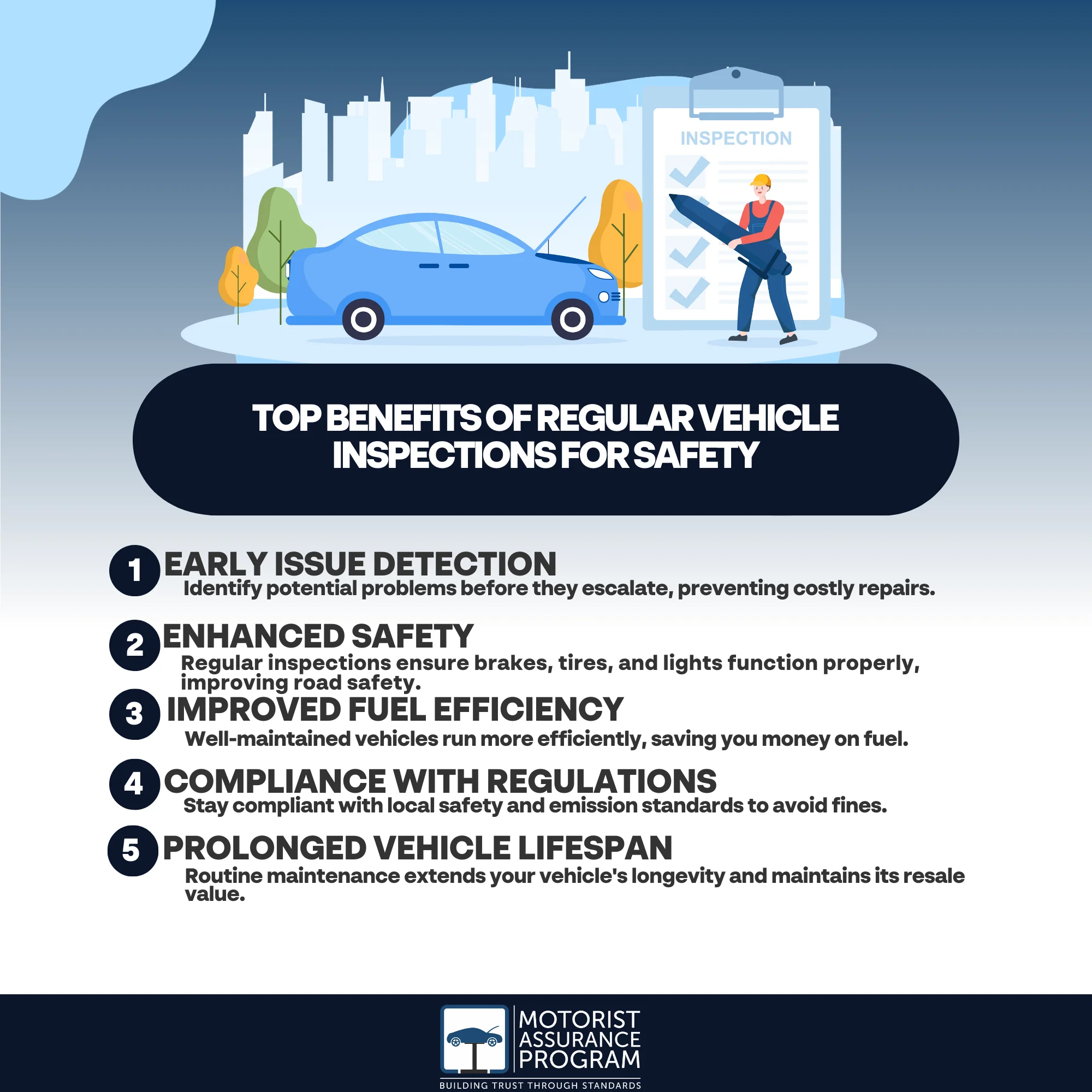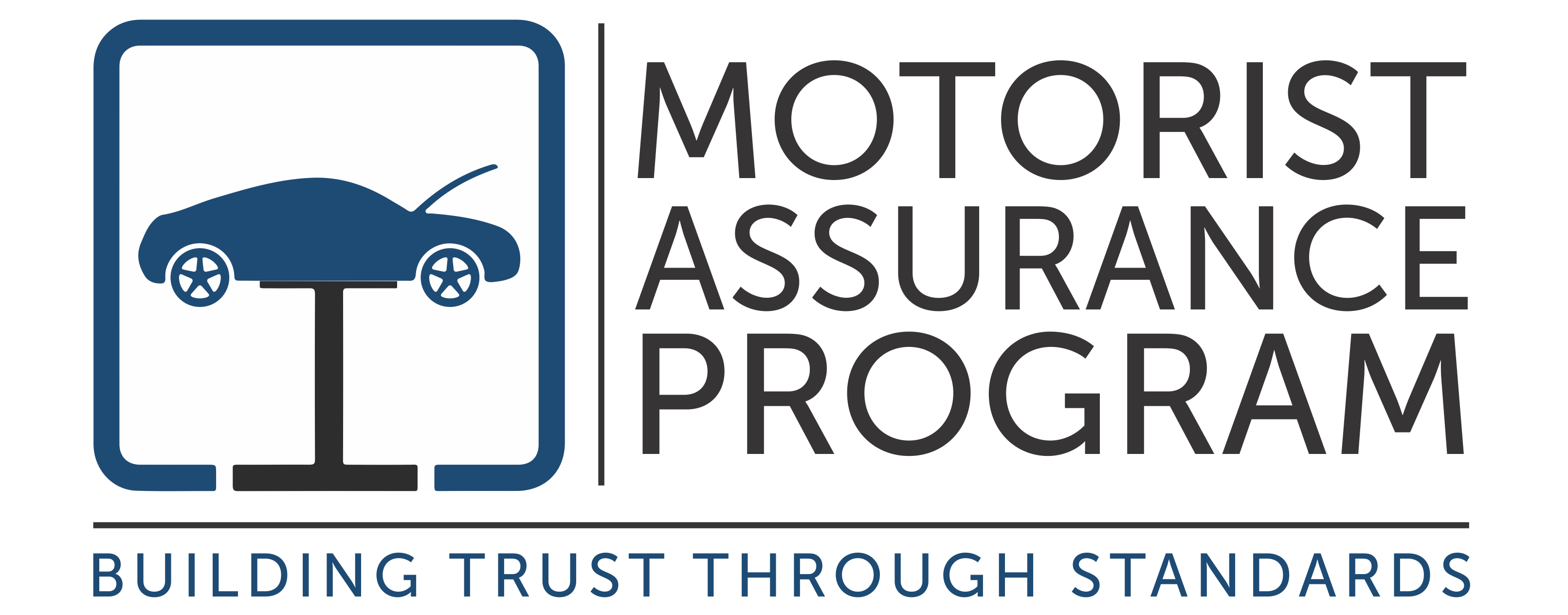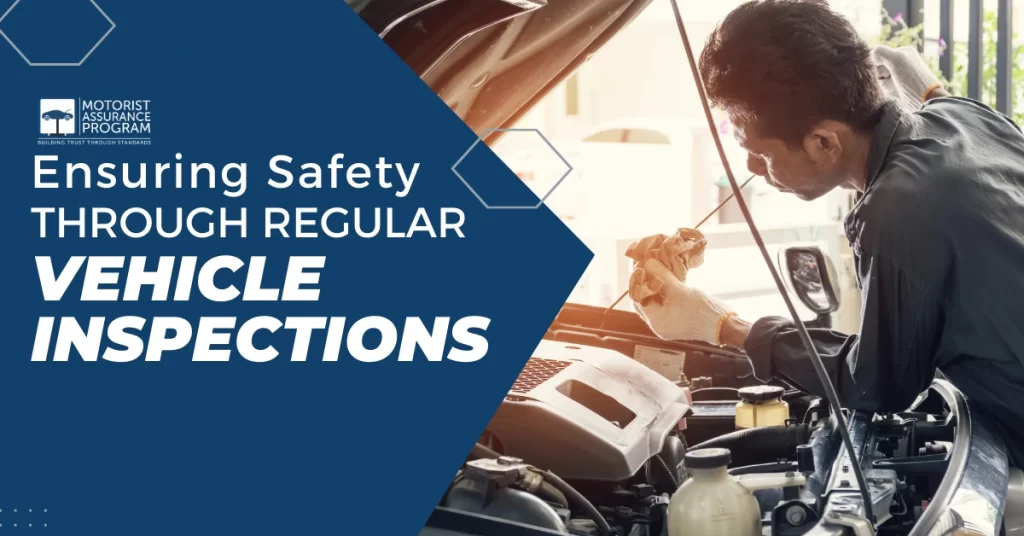Ensuring safety through regular vehicle inspections is essential for you and your passengers. By regularly checking key components like brakes, tires, and lights, you identify potential issues before they become serious hazards. These inspections enhance your vehicle’s performance and improve fuel efficiency, saving you money in the long run. Staying compliant with safety regulations helps you avoid unexpected breakdowns and fines. Furthermore, well-maintained vehicles can command higher resale values. Regular inspections empower you to be a responsible driver, ensuring peace of mind on the road. Discover more about maintaining your vehicle effectively for lasting safety.

Key Takeaways
-
Regular vehicle inspections enhance road safety by identifying potential issues before they escalate into serious problems.
-
Key safety standards are assessed during inspections, ensuring essential components like brakes and tires function effectively.
-
Proactive maintenance through inspections improves vehicle performance and fuel efficiency and can lead to insurance discounts.
-
Compliance with legal inspection requirements helps avoid fines and promotes responsible driving while maintaining environmental standards.
-
Well-maintained vehicles retain higher resale value, and exhibit improved reliability, benefiting both current and future owners.
Importance of Vehicle Inspections
Regular vehicle inspections are essential for ensuring your safety on the road. As a vehicle owner, it’s your responsibility to keep your car in top condition.
Regular checks help identify potential issues before they escalate into dangerous problems. Think about it: a simple brake inspection could prevent an accident, and that peace of mind is invaluable.
Daily inspections can considerably enhance driver confidence and improve road safety. Inspection frequency varies depending on your vehicle’s age, mileage, and manufacturer recommendations.
Most experts suggest annual inspections, while some states require them more frequently. You should also monitor specific components, like tires and lights, which may need checks more often.
Following these guidelines enhances performance and supports longevity, saving you money in the long run.
Key Safety Standards
Maintaining safety on the road isn’t just about regular checks; it’s also about adhering to key safety standards that govern vehicle performance. These standards are designed to guarantee that your vehicle meets specific safety features and operates reliably. They include guidelines for essential components like brakes, tires, lights, and steering mechanisms.
Regular inspections can help identify issues before they become serious problems, ensuring that your vehicle remains in peak condition for safe driving. For instance, verifying regular fluid checks can help prevent engine problems that may compromise safety.
When you undergo a vehicle inspection, it’s vital to understand the inspection criteria that technicians follow. These criteria help assess whether your vehicle is roadworthy and can protect you and your passengers from potential hazards.
For example, a well-functioning braking system is non-negotiable; it’s your primary means of safety in emergencies. Additionally, check the condition of your tires regularly. Proper tread depth and inflation can greatly impact traction and handling, especially under adverse conditions.
Benefits of Regular Checks
When you prioritize vehicle inspections, you’re not just complying with regulations; you’re actively enhancing your safety and that of your passengers. Regular checks can greatly improve your vehicle’s performance, contributing to better fuel efficiency.
For example, ensuring that your vehicle’s battery and electrical systems are functioning well can enhance the overall efficiency of electric and hybrid vehicles, leading to environmental benefits as well. A well-maintained vehicle runs more smoothly, reducing wear and tear and ultimately saving you money at the pump.
Moreover, staying on top of inspections can lead to insurance discounts. Many insurance companies offer lower premiums for drivers who can prove their vehicles are regularly maintained. This not only helps you save money but also encourages responsible driving habits.
Additionally, routine checks can help identify potential problems before they escalate into costly repairs. Think of it as a preventative measure; catching an issue early can spare you from being stranded on the side of the road or facing a hefty repair bill later.
Common Inspection Procedures
When you schedule a vehicle inspection, there are key procedures you should expect to see.
You’ll want to pay close attention to brake system checks, tire condition assessments, and fluid level inspections, as these are essential for your safety on the road.
Understanding these common procedures helps you proactively maintain your vehicle’s performance and longevity.
Brake System Checks
A thorough brake system check can make all the difference in guaranteeing your safety on the road.
Regular inspections help maintain brake performance and prevent potential accidents. Here are four key steps to follow during your brake system checks:
-
Inspect Brake Pads: Check for wear and tear. If your brake pads are worn down, replace them to guarantee effective stopping power.
-
Examine Brake Fluid: Make certain the brake fluid level is adequate and look for any signs of contamination. Clean fluid is vital for peak brake function.
-
Test Brake Lines: Inspect for leaks or cracks in the brake lines. Damaged lines can lead to brake failure, so verify they’re in good condition.
-
Check the Brake System’s Response: During a test drive, pay attention to how your brakes respond. If you notice any unusual sounds or feelings, it’s time for a more in-depth inspection.
Tire Condition Assessment
Maintaining proper tire condition is just as important as ensuring your brakes are in top shape. Your tires are your vehicle’s only contact with the road, so performing regular assessments can make a significant difference in your safety.
Start by checking the tire tread. You can use the penny test—insert a penny into the tread groove with Lincoln’s head facing down. If you can see all of Lincoln’s head, it’s time for new tires. Adequate tread depth is essential for traction, especially in wet conditions.
Next, check your tire pressure. Under-inflated tires can lead to poor handling and increased wear, while over-inflated tires can cause blowouts. Use a reliable pressure gauge to measure the pressure when the tires are cold.
Refer to your vehicle’s manual for the recommended pressure levels.
Fluid Levels Inspection
How often do you check your vehicle’s fluid levels? Regular fluid inspections are essential for your car’s health and your safety.
Keeping an eye on various fluid types guarantees your vehicle runs smoothly and helps prevent costly repairs. You should follow your maintenance schedules closely, but here are four key fluid levels you should inspect regularly:
-
Engine Oil: Check this first; it lubricates critical engine components and keeps your engine cool.
-
Coolant: This fluid prevents your engine from overheating. Verify it’s at the right level to avoid engine damage.
-
Brake Fluid: A key fluid for safety, low brake fluid can lead to brake failure. Always make certain it’s topped off.
-
Transmission Fluid: Essential for smooth gear changes; low levels can lead to transmission problems.
Regulations and Compliance
Regular vehicle inspections are vital for guaranteeing safety on the road and meeting legal requirements. By adhering to regulations, you not only protect yourself but also contribute to the safety of others. Compliance with emission standards is an essential aspect of these inspections, as it helps reduce environmental pollution. Many states mandate that vehicles undergo inspections at specified frequencies, often annually or biannually, based on the vehicle type and age.
When you stay on top of your inspection schedule, you guarantee that your vehicle remains roadworthy and compliant with local laws. This proactive approach can save you from costly fines and unexpected breakdowns. Plus, knowing your vehicle meets the required standards gives you peace of mind.
Regular inspections allow you to catch potential issues before they escalate, promoting a safer driving experience. It’s not just about following the rules; it’s about being a responsible driver.
Impact on Vehicle Longevity
Staying on top of vehicle inspections keeps you compliant with regulations and greatly impacts your vehicle’s longevity.
Regular check-ups can help you avoid costly repairs down the road and guarantee peak engine performance.
Here’s how regular inspections contribute to a longer lifespan for your vehicle:
-
Early Detection of Issues: Identifying problems early can prevent minor issues from escalating into major repairs.
-
Improved Engine Performance: Regular maintenance guarantees your engine runs smoothly, enhancing fuel efficiency and power.
-
Cost Savings: By addressing small repairs during inspections, you can notably reduce long-term maintenance costs.
-
Increased Resale Value: A well-maintained vehicle retains its value better, making it more appealing to potential buyers.
Frequently Asked Questions
How Often Should I Schedule a Vehicle Inspection?
You should schedule a vehicle inspection at least once a year. Regular inspections improve your vehicle’s performance, increasing safety and reliability. By maintaining this inspection frequency, you’ll enjoy the benefits of a well-functioning vehicle.
What Should I Do if My Vehicle Fails Inspection?
“Where there’s a will, there’s a way.” If your vehicle fails inspection, review the inspection checklist, explore your repair options, and fix the issues promptly to guarantee a successful re-inspection and safer driving experience.
Are There Different Inspection Requirements for Commercial Vehicles?
Yes, there are different inspection requirements for commercial vehicles. You’ll need to follow specific inspection standards and vehicle regulations that vary by state, ensuring compliance for safe operation on public roads. Always check local guidelines.
Can I Perform My Own Vehicle Inspection?
They say, “A stitch in time saves nine.” You can certainly perform DIY inspections using an inspection checklist. Just guarantee you check essential components thoroughly to keep your vehicle safe and roadworthy. It’s worth the effort!
What Is the Cost of a Typical Vehicle Inspection?
A typical vehicle inspection costs between $20 and $100, depending on your location and the inspection type. Knowing your vehicle’s condition can help you save money on repairs and ensure safer driving.
Conclusion
To sum up, prioritizing regular vehicle inspections means ensuring safety, enhancing reliability, and extending your vehicle’s life. By staying proactive and adhering to safety standards, you protect yourself and your loved ones on the road. Embrace the routine, embrace the peace of mind. Remember, a well-maintained vehicle is not just a smart choice; it’s a commitment to safety and responsibility. So, take the wheel and drive confidently, knowing you’ve done your part to stay secure.


